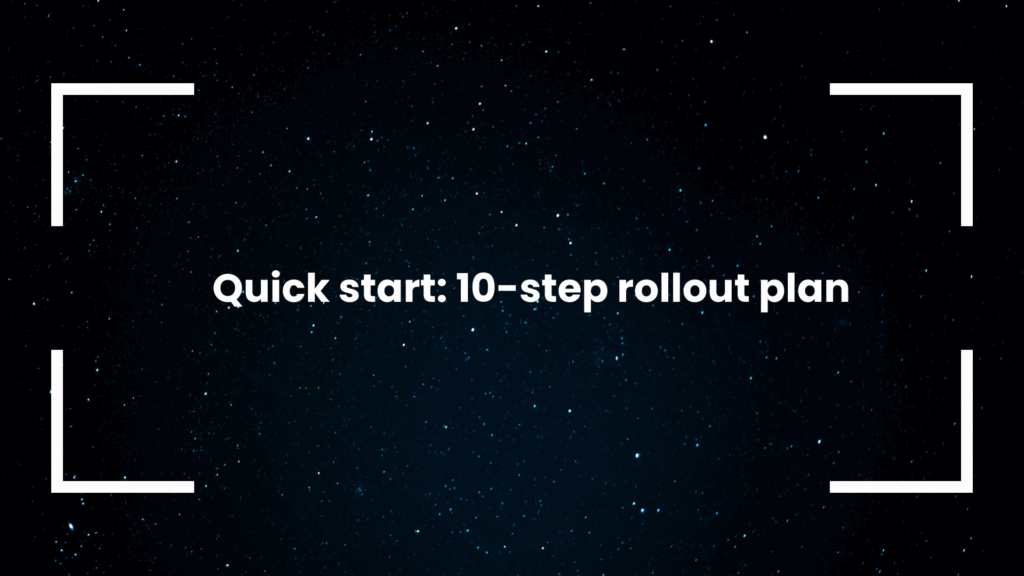Affiliate marketing is a simple idea with big upside: you reward partners for sending you customers. For marketplaces, it’s one of the most cost-predictable ways to grow traffic, seller signups, and sales—without hiring a large paid media team.

What is affiliate marketing?
Affiliate marketing is a performance program where partners (bloggers, influencers, reviewers, publishers—even your own vendors) promote your marketplace using unique tracking links. You pay a commission only when the desired action happens (sale, registration, or vendor signup).
Why marketplaces love it
- Pay for results, not guesses
- Expand reach via creators you don’t manage
- Build social proof with reviews and tutorials
- Attract both buyers and vendors
- Improve discovery across new channels

Why affiliate marketing fits marketplaces so well
- Low upfront cost: Commissions are tied to conversions.
- Faster discovery: Affiliates already have audiences.
- Compounding content: Reviews, videos, and guides keep ranking.
- Vendor growth: Turn your best vendors into affiliates to recruit more vendors.
- Serp lift via demand: More branded searches and referrals can support organic growth.

Program building blocks (keep these tight)
- Clear goals: Sales, vendor signups, lead captures.
- Simple structure: % of order, fixed fee per action, tiered rates for top performers.
- Fair attribution window: 15–30 days is common.
- Transparent rules: Allowed/forbidden traffic sources, coupon policy, PPC rules.
- Payout cadence: Net-15/30 with a sensible threshold.
- Comms & enablement: Banners, product feeds, launch calendars, swipe copy.
Commission ideas for marketplaces
- Buyer sale commission: % of order total after refunds.
- Vendor recruitment bounty: Fixed amount per approved seller.
- Category tiers: Higher % for priority categories.
- Performance tiers: Rate bumps after X sales/month.
- New-customer bonus: Extra for first-time buyers.

Quick start: 10-step rollout plan
- Define KPIs (buyers vs. vendors, AOV, CAC guardrails).
- Pick commission model (percent, fixed, tiered).
- Write program terms (traffic rules, cookie window, fraud policy).
- Set tracking (unique links, order mapping, refund sync).
- Build affiliate hub (apply page, dashboard, media kit).
- Seed assets (banners, text links, product feed, swipe copy).
- Recruit partners (creators, niche blogs, comparison sites, your vendors).
- Launch in cohorts (10–25 partners, then expand).
- Report weekly (clicks, EPC, CR, top SKUs, rule breaches).
- Optimize (tier bumps, exclusive codes, seasonal bundles).
Running this on WordPress (WCFM ecosystem)
If your marketplace runs on WordPress/WooCommerce, here are helpful reads and tools:
- WCFM upgrade path: WCFM Ultimate
- WCFM marketplace guides:
- Personalization (lift affiliate CR): Personalized Recommendations Strategy
Need hands-on help setting up your program, recruiting partners, or wiring tracking + payouts? Contact us.
Day-to-day management tips
- Keep offers fresh: seasonal promos, bundles, new-vendor highlights.
- Feature your winners: spotlight top affiliates in newsletters.
- Give category briefs: what’s trending, margins, new SKUs.
- Share data: best-converting pages, AOV boosters, content angles.
- Protect margins: tier rates sensibly; guard against coupon poaching.
- Tight QA: audit placements, check brand usage, enforce PPC rules.
Simple KPI dashboard (watch weekly)
- Clicks → Unique clicks by partner
- CR → Click-to-sale rate
- EPC → Earnings per 100 clicks
- AOV → Average order value
- New vs. returning buyers
- Vendor signups (if incentivized)
- Refund-adjusted commission
Common mistakes to avoid
- Overcomplicated terms that scare off affiliates
- One-size commission for all categories/margins
- “Set and forget” asset packs that go stale
- No vetting → coupon abusers, brand-bid PPC hijacks
- Zero enablement for vendors to co-promote
Related resources for marketplace operators
- Validate your idea: Validating Your Marketplace Idea
- Plan your build: Online Marketplace (Part 2)
- Operational playbooks:
- Comparisons & choices: WCFM vs Dokan
FAQ: Affiliate Marketing for Marketplaces
How do I choose the right commission rate?
Start from margins. Tier by category and performance; protect thin-margin items with lower rates or fixed-fee bounties.
Should I pay for vendor signups too?
Yes, if supply (sellers) is your bottleneck. Offer a fixed bounty per approved vendor.
What’s a good attribution window?
15–30 days is typical. Shorten for coupon sites; extend for long-consideration categories.
How do I stop coupon poaching and PPC brand-bidding?
Disallow last-click coupon hijacks, require “content-first,” and ban brand term bidding in your terms.
What assets convert best for affiliates?
Product comparison tables, “top picks,” category bundles, time-bound offers, and deep links to high-intent pages.

Want a clean, scalable setup (tracking, recruitment, payouts, dashboards) without headaches?
The #1 WordPress & Woo agency




